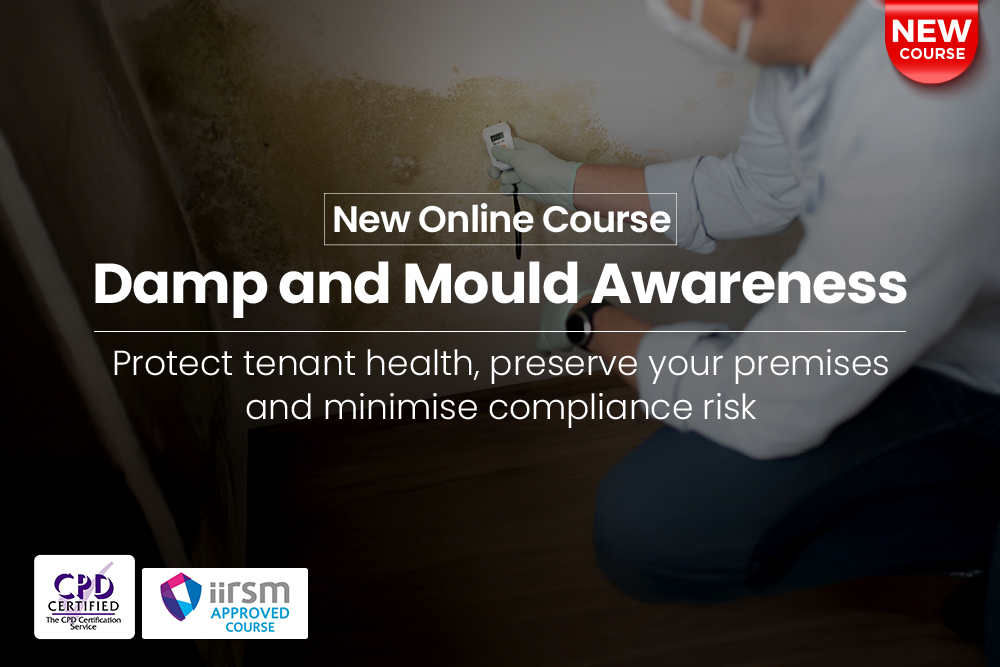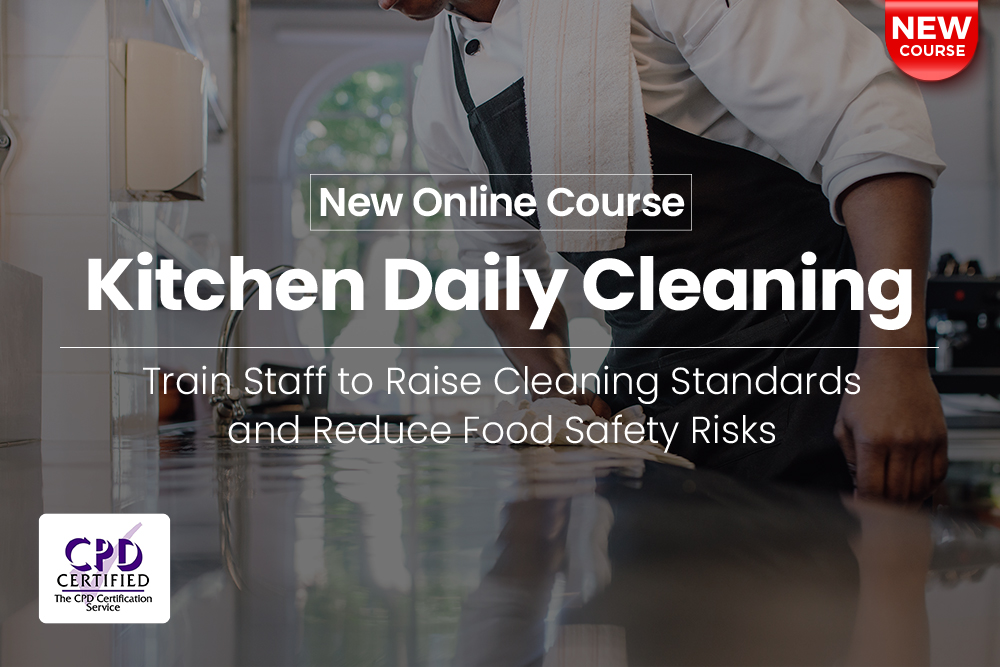
The use of hazardous substances in workplaces across the UK must conform to the rules set out by the Control of Substances Hazardous to Health Regulations 2002 (COSHH). COSHH regulations list a variety of obligations that employers must follow. However, there are also employee responsibilities within the COSHH regulations.
It’s a legal requirement that both the employer’s and the employees’ responsibilities for COSHH are understood and adhered to in the workplace. Breaches of the COSHH regulations can not only lead to accidents and injuries, but may also result in significant financial penalties or even criminal charges. To stay safe and avoid penalties, all employers and employees should know exactly what their obligations are under COSHH.
What is COSHH and Why Is It Important?
Hazardous substances can be found in the majority of workplaces within the UK. To make certain these substances are handled, used and disposed of safely, the UK government introduced the COSHH Regulations.
Approximately 13,000 people die every year from conditions related to past exposure to hazardous substances like dust or chemicals in the workplace, according to recent figures collected by the Health and Safety Executive (HSE). Many of these deaths could have been prevented if the COSHH guidelines were followed correctly.
As well as the risk of harm, failure to comply with COSHH can result in civil claims or criminal charges being brought. Both employers and employees can face penalties if they are found guilty of breaching the COSHH regulations.
What is a Hazardous Substance According to COSHH?
Any type of substance that has the potential to cause harm to a person or object is classified as a hazardous substance under COSHH. Hazardous substances include any substance that is an irritant or is corrosive, explosive, toxic or any combination of these elements.
Hazardous substances can be liquids, dust, gas, vapour, fumes or powders. They may be stand-alone products or chemicals produced as a result of work activities or they may already be present in the work environment. A person may be harmed by a hazardous substance through prolonged exposure, by ingesting or inhaling it, by having it enter the body via cuts and punctures or having it come into contact with the skin or eyes.
Common hazardous substances in the workplace include:
- Cleaning products
- Chemicals
- Dust
- Glues
- Paints
- Disinfectants
- Oils
- Gases
- Corrosives
Employer Responsibilities Under COSHH
Employers face a variety of duties to prevent harm caused by hazardous substances under COSHH as well as other health and safety legislation.
These legal duties include requirements to:
- Perform regular COSHH risk assessments or ensure that such risk assessments are conducted by a competent person
- Ensure there are control measures in place to protect employees from hazardous substances
- Make sure that all control measures are suitable and effective for the working environment
- Eliminate or reduce employee exposure to hazardous substances wherever possible
- Provide appropriate training, instructions and information regarding hazardous substances in the workplace
- Provide employees with appropriate PPE and training in the use of such PPE
- Ensure that all equipment is maintained in working condition
- Develop emergency plans and procedures for the event of accidents or emergencies
- Provide regular medical evaluations and health surveillance for employees that are exposed to hazardous substances
- Make certain that employee exposure to hazardous substances does not exceed the recommended Workplace Exposure Limit (WEL)
Employee Responsibilities under COSHH
Complying with the workplace guidelines stipulated by COSHH is everybody’s responsibility. As well as the obligations placed on employers, employees’ responsibilities for COSHH must be understood and adhered to.
Employee responsibilities within the COSHH regulations include:
- Abide by control measures for hazardous substances in the workplace
- Follow work procedures relating to hazardous substances in the workplace
- Wear provided personal protective equipment (PPE) in the correct manner
- Prevent contamination by removing PPE before eating or drinking
- Properly dispose of contaminated PPE
- Store all PPE correctly
- Use cleaning and showering facilities
- Report equipment that is faulty or defective
- Report all accidents, spills, or near breakages relating to any type of hazardous substances
- Report any inadequate work procedures or control measures for hazardous substances
- Attend medical check-ups if required to do so
- Attend regular training sessions on hazardous substances

What is a COSHH Risk Assessment?
A COSHH risk assessment is a careful assessment of any hazardous substances in the workplace that may cause harm. As mentioned, it’s the employer’s duty to ensure this risk assessment is conducted. The results of the assessment should be used to ensure the risks of hazards are reduced to an acceptable level.
A COSHH risk assessment consists of five main steps:
- Step one: Identify the hazards in the workplace
- Step two: Identify the persons who may be harmed and how they may be harmed
- Step three: Evaluate the potential risks and develop control measures
- Step four: Make a record of all findings and take action to implement control measures
- Step five: Regularly review the assessment and update it when necessary
An employer can perform these assessments themselves or appoint an employee to act as a ‘competent person’ to perform them.
The HSE defines a competent person as someone who has ‘sufficient training and experience or knowledge and other qualities’ that enable them to carry out a task. In the case of a COSHH risk assessment, this would usually involve completing an accredited training course.
The Impact of Breaching COSHH – A Case Study
A Bristol company was reported by the HSE for breaching COSHH regulations over a four-year period. During this time employees suffered prolonged exposure to hazardous chemicals used to develop photographs. This exposure resulted in employees of the company developing severe cases of allergic contact dermatitis.
The company was eventually found guilty of six breaches of COSHH and breaches of the Health and Safety at Work Act 1974. In total, the company was fined £100,000 and made to pay £30,000 in associated costs. The company was found guilty of breaching COSHH by not performing satisfactory risk assessments, not stopping or controlling the exposure of employees to hazardous chemicals and not providing health surveillance for employees. An additional fine of £10,000 was imposed for not reporting one case of allergic contact dermatitis.
Discover Our Online COSHH Courses
Health and safety training is the best way to prevent accidents involving hazardous substances and avoid hefty punishments for breaching COSHH regulations. Human Focus offers you a range of accredited online COSHH training courses.
The COSHH training courses provide participants with up-to-date knowledge on all aspects of COSHH regulations as well as instructions on how to safely work with hazardous substances.
Human Focus courses can be taken in modules, are more cost effective than classroom training and give trainees all the support and guidance they need to complete the training successfully. You can also take advantage of our great discounts on volume purchases!
Sign up for a COSHH course today and make sure that your employees are safe and that your business complies with the law.



























































































































































































































































































































































































































































































































































































































































































































































